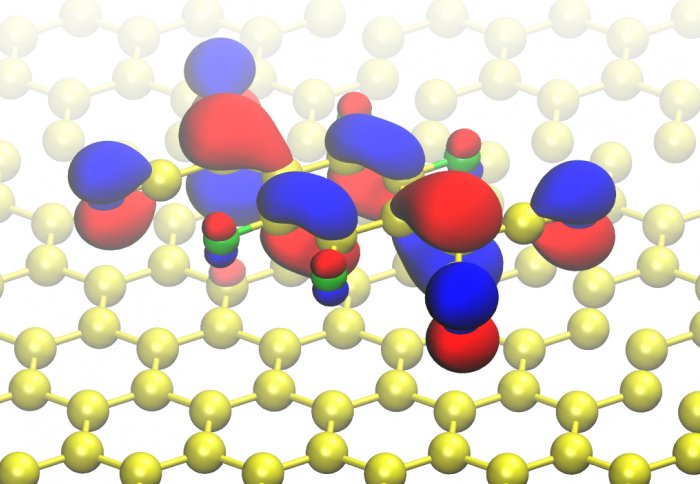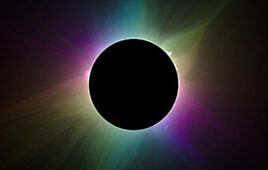In case you missed it (ICYMI), here are some of the stories that made headlines in the world of cleanrooms and nanotechnology in the past week.
NOAA’s GOES-R weather satellite — which was designed, built, and tested in a cleanroom near Denver by Lockheed Martin — has successfully launched from Cape Canaveral Air Force Station in Florida. The first of four next-generation geostationary weather satellites, the Geostationary Operational Environmental Satellite R-Series (GOES-R) aims to provide a major improvement in the quality, quantity, and timeliness of weather data collected over the Western Hemisphere. This accurate real-time data will be used to provide short-term forecasts, severe storm warnings, maritime forecasts, seasonal predictions, and space weather alerts. NOAA funds, manages and will operate the GOES-R Series satellites. NASA oversees the acquisition and development of the GOES-R spacecraft, instruments and launch vehicle. The program is co-located at NASA’s Goddard Space Flight Center in Greenbelt, Md.

This schematic representation illustrates the process of turning bagasse into carbon quantum dots. Image: Elsevier
Indian researchers have discovered a new use for sugarcane pulp — a source of highly fluorescent carbon quantum dots. This innovative use of sugarcane waste, or bagasse, could not only reduce the amount of agricultural waste contaminating the environment but also offers a new revenue stream for farmers. Because they emit light and are non-toxic, carbon quantum dots can serve as biosensors, in light-emitting diodes and even to deliver drugs around the human body. For example, researchers have injected liquids containing carbon quantum dots into a living body to image it from the inside. This research demonstrates a new method of producing these versatile nanoparticles. To begin with, the Indian team cut the sugarcane bagasse into small pieces and sun-dried it for six days. After burning the dry bagasse, they chemically oxidized and exfoliated it.

A molecule on the surface of a graphene sheet. Image: Imperial College London
Finally, researchers have found a way to control the molecules attached to graphene, which clears the way for the development of tiny biological sensors and devices to hold information. Because of graphene’s unique electrical conductivity, it could serve as a base for electronic devices that are only nanometers in size. To tune sheets of graphene to be useful in different situations, other organic molecules need to be attached to the sheet; these molecules must interact with the graphene sheet in predictable ways. Researchers have already experimented with single molecules on graphene sheets, but they have found it hard to interpret the results and therefore design devices that take advantage of the interactions between the sheets and molecules. Now, a team made up of researchers from the University of California, Berkeley and Imperial College London have discovered how to control the charge state of single organic molecules attached to graphene sheets. This insight could allow scientists to design tiny graphene-based electronic devices.




